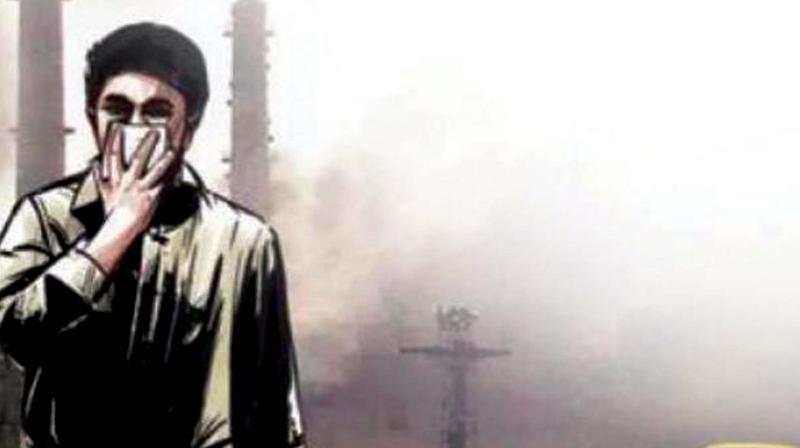Will climate change cause humans to become extinct?

One of the significant reasons for concern towards the rising levels of air pollution in the country is mostly due to its effects on the environment and more importantly the ill effects on human health. Exposure to different types of air pollution such as carbon-di-oxide, oxides of Sulphur / Nitrogen, particulate matter, etc., for a long time can lead to severe respiratory and cardio-vascular ailments including asthma, bronchitis, lung-cancer and heart attack. In fact the Environmental Performance Index (EPI) has ranked India at 141 out of 180 countries that were surveyed in 2016-17. This EPI is a unique Index since it takes into consideration significant environmental issues & concerns such as ecosystem degeneration, pollution levels, habitat loss, species decline, resource over-exploitation and the like. The EPI also encompasses policy issues and frameworks that focus on environmental well-being and economic stability.
In India the biggest and most harmful source of toxic air pollutants is the open burning of waste that emits dioxins, furans, carbon monoxide, particulates, black carbon, etc. And air pollution in India is caused by burning of fuelwood and biomass, large-scale burning crop residue across agricultural fields, use of adulterated fuel, emission from vehicles and traffic congestion. New Delhi is now in the news because of this very reason. And this is also the reason why India is the third largest emitter of greenhouse gases after China and the U.S. The severity of air pollution, today, is so much that life expectancy among Indians on an average has reduced by 4 to 5 years while among the residents of Delhi it has reduced by almost 7 years. Another interesting fact that has been recently found across the world is that more deaths have been occurring due to decline in air quality than water. According to an estimate in 2016 - 17, more than 3.5 billion people across the globe are exposed to unsafe air quality. And this includes 75% of India's population.
There are various types of pollutants that are very harmful to humans and they need to be addressed on priority. These include Particulate Matter (PM 2.5 & 10), Sulphur Dioxide, Nitrogen Oxide, Carbon Monoxide, Ozone, etc.
Particulates - highly carcinogenic and therefore have been classified under Group - I carcinogen due of their ability to penetrate deep into the lungs and bloodstreams. They can permanently damage/modify DNA mutations, cause heart attacks, and premature deaths too.
Sulphur dioxide - a colorless gas with strong odor, can form Sulphuric acidic upon combination with water and can cause acid rain, along with respiratory and cardiac diseases.
Nitrogen oxides - principal pollutants that help in the formation of ozone and also causes several chronic diseases.
Carbon monoxide - is a colorless, odorless gas that causes severe headaches, visual impairment, reduced cognitive functioning and ability, and reduces ability to perform complex tasks. Very high levels can result in unconsciousness and eventually death.
Ozone - an important ingredient of smog, is a highly reactive and unstable gas capable of damaging the linings of the respiratory tract that can cause lung inflammation, shortness of breath, chest pain, wheezing, coughing and exacerbation of respiratory illnesses such as pneumonia and asthma.

